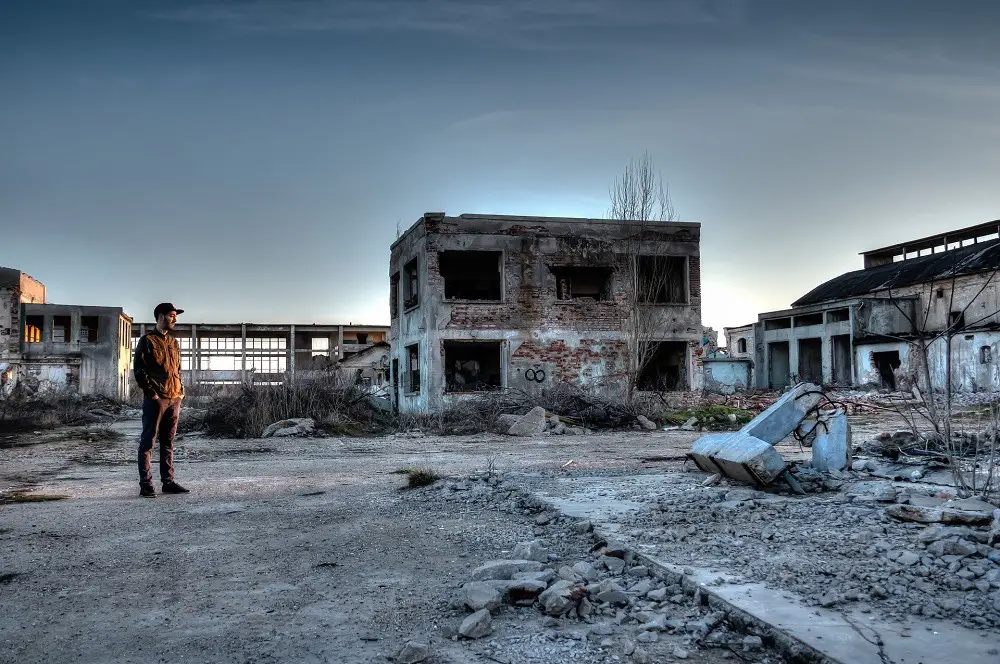
17+ Chilling Dark Tourism Sites Around the World
Travel is often treated as a holiday experience – light, cheery, and fun. But recently, there is another side of travel that is gaining popularity around the world: dark tourism.
Dark tourism includes traveling to “places historically associated with death and tragedy.” It is somewhat a controversial topic, since these are actual places where human suffering and loss took place. Tourists who are planning to visit a dark tourism site are expected to educate themselves about the history and culture of their destination and show respect at all times.
There are different reasons people are drawn to dark tourism. It can be the historical or educational value, simple curiosity, or in some cases morbid fascination.
Here are the top dark tourism sites around the world you should consider visiting:
Contents
- 1. Auschwitz Concentration Camp (Poland)
- 2. Hiroshima (Japan)
- 3. Choeung Ek Killing Fields (Cambodia)
- 4. Catacombs of Paris (France)
- 5. Ground Zero (New York, USA)
- 6. Mount Pinatubo (Philippines)
- 7. The DMZ (North Korea)
- 8. Tana Toraja (South Sulawesi, Indonesia)
- 9. Holocaust Memorial (Germany)
- 10. Anne Frank House (Amsterdam)
- 11. Robben Island (Cape Town South Africa)
- 12. Alcatraz Island (San Francisco, USA)
- 13. Pompeii (Italy)
- 14. New Orleans Haunted History Tour (New Orleans, USA)
- 15. Resistance Museum (Timor Leste)
- 16. La Cabaña (Cuba)
- 17. Tyneham Village (UK)
- 18. Zanzibar Slave Market
1. Auschwitz Concentration Camp (Poland)
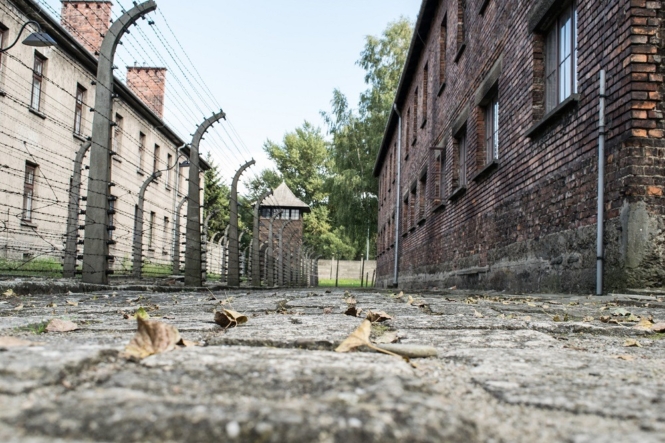
The genocide of European Jews, lead by Adolf Hitler, is one of the darkest times of human history. The Auschwitz-Birkenau (also known as Auschwitz Concentration Camp) is the largest concentration camp where various groups of people were executed.
It is possible to visit Auschwitz-Birkenau without a guide. However, it’s recommended to book a guided tour to learn more about the place. There are 2 areas you can explore. Auschwitz I is the original concentration camp containing the barracks. Auschwitz II or Birkenau is another camp built later on to house the majority of prisoners; it’s also where the people were executed in gas chambers and then processed in crematoriums.
Visiting the Auschwitz Concentration Camp is a powerful experience. It’s a sorrowful reminder of what humans are capable of and of the value of human lives.
2. Hiroshima (Japan)
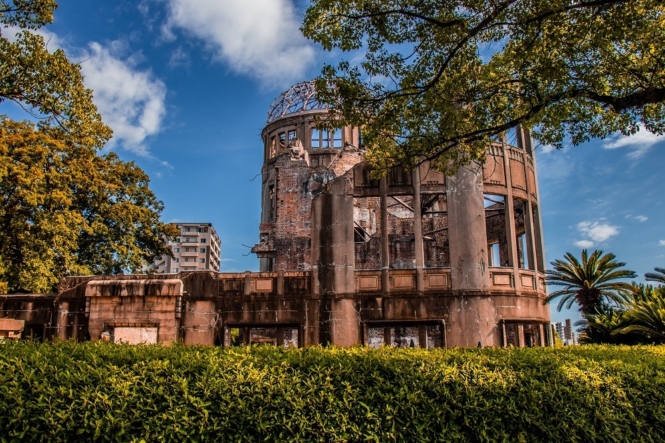
It’s hard to imagine that Hiroshima, now a vibrant city not unlike Tokyo, was once a site of one of the deadliest catastrophes in history.
In 1945, the United States detonated nuclear weapons on Hiroshima and Nagasaki, resulting in thousands of deaths. The whole city of Hiroshima was wiped out and about 140,000 people died.
Since then, Hiroshima rose out of the ashes like a phoenix and rebuilt itself. There is little remnants left of the bombings from WWII, but visitors who would like to learn more about it can visit several places. The Atomic Bomb Dome was one of the few structures left intact near the bomb’s hypocenter. It’s now known as the Hiroshima Peace Memorial Park, which also houses other museums related to the Hiroshima incident.
3. Choeung Ek Killing Fields (Cambodia)
The killing fields are a grim reminder of Cambodia’s darkest history.
From 1975 to 1974, the Khmer Rouge (also called the Communist Party of Kampuchea) assumed power and aimed to create a classless, agrarian society. Free markets were abolished, cities were evacuated of thousands of its residents, families were separated, and children were forced into education camps. During the four years of Khmer Rouge’s occupation, about 20% of the country’s population was executed.
The Cambodia killing fields are remote fields where thousands were massacred and buried. The largest of these is Choeung Ek Killing Fields, which is located about 40 minutes away from central Phnom Phen.
Currently, Cheong Ek Killing Fields has been transformed into a memorial site that draws both locals who want to pay respect and tourists who want to learn more about the country’s history. You can see numerous untouched graves and listen to a guide telling the stories of people who passed away and those who survived.
4. Catacombs of Paris (France)
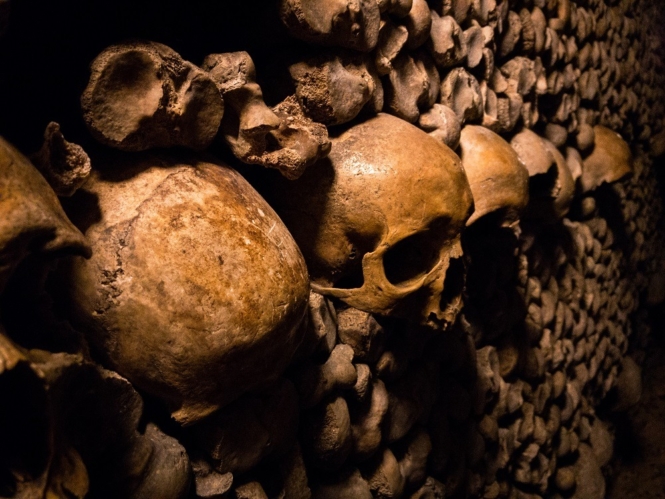
The Catacombs of Paris are underground ossuaries containing the remains of several millions of Parisians. It was built in the 1770s — at the time, the city faced a problem of overflowing cemeteries, so they decided to transfer the dead into a large network of underground tunnels. Afterwards, renovations were made to transform the area into a visitable mausoleum: the bones were stacked into what is seen today and other displays were added.
The Catacombs is a subject of curiosity for tourists who know Paris as a City of Love. Currently, it is open for visitation and no authorization is required. Different guided tours are offered for individuals and/or groups who want to see first-hand the skulls lined up in walls underneath the city.
5. Ground Zero (New York, USA)
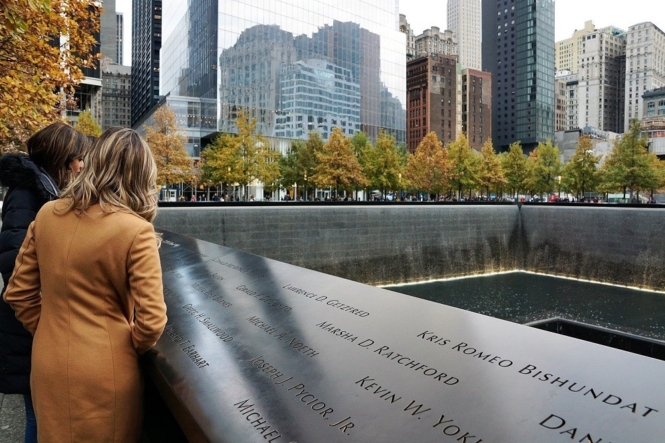
The 9/11 is one of the more modern acts of terror in history. Also known as the September 11 Attacks, it includes four coordinated attacks by the group Al-Qaeda against the United States. Two airplanes were hijacked midair and then crashed against the Twin Towers of the World Trade Center, which collapsed and damaged the other World Trade Center structures and surrounding buildings.
The Ground Zero is a museum built at the base of the Twin Towers. The museum aims to showcase the story of the 9/11 and its aftermath, as well as the story of the people who experienced it. As per its official website, it welcomes visitors with “messages of healing, unity, and renewal.”
6. Mount Pinatubo (Philippines)
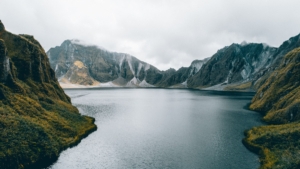
Mount Pinatubo is an ancient volcano located in the northern island of the Philippines. In 1991, it violently erupted – this eruption is considered the second-largest terrestrial eruption in the 20th century. Surrounding towns were affected, as houses were either damaged or completely destroyed by ashfall and mud. Several hundred people perished, although tens of thousands survived due to immediate evacuation. Wildlife and agriculture were also affected for years. The eruption also caused global temperature to decrease by .5 °C in the subsequent years.
The caldera of the volcano has since been filled with water, which is known today as Lake Pinatubo. Currently, it’s a popular hiking spot among locals. You can book a tour wherein you will ride a 4×4 and then trek for 2 hours to reach the crater lake. You may also stop by the Aeta Village where you can meet Aetas, one of the indigenous tribes in the country.
7. The DMZ (North Korea)
By Steve Rohan of The Trip Goes On
North Korea is a country on the radar of many “Dark Tourists” and nowhere more so than the Demilitarized Zone, or DMZ, that separates North and South Korea. On a trip to the DMZ you’ll learn a lot about the Armistice after the Korean War and be able to see some interesting exhibits and photographs.
It’s actually quite easy to visit North Korea (unless you are American or South Korean) and there a few tourist companies specializing in trips to the hermit Kingdom.
I have visited North Korea twice, and on the second visit took a trip to the famous blue huts at Panmunjom and the DMZ. It was interesting to see the soldiers patrolling the demarcation line known as the 38th Parallel.
8. Tana Toraja (South Sulawesi, Indonesia)
By De Wet & Jin of Museum of Wander
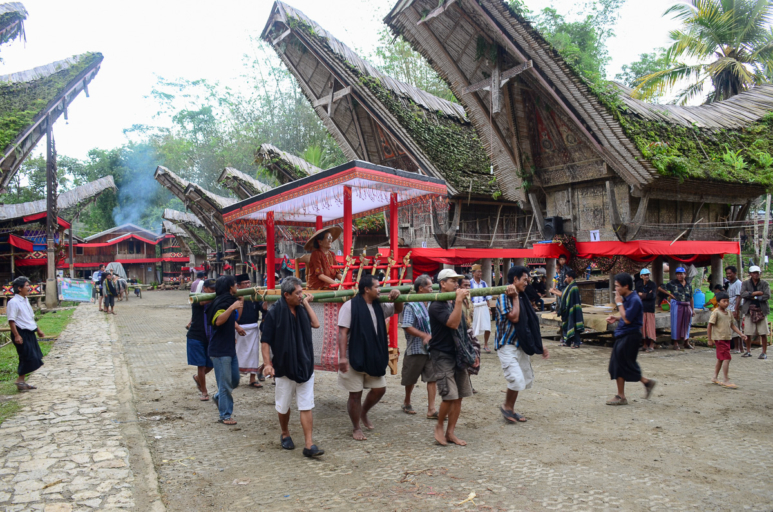
A funeral in Tana Toraja is a grim and fascinating experience, and everyone is invited! Tana Toraja in southern Sulawesi is a beautiful valley where the people practice macabre funeral rituals.
When someone passes, the family preserves the body using formalin and keeps it in the house for up to a year or longer until the family has saved enough money for the funeral. Expensive water buffaloes must be bought for sacrifice, and a realistic wooden effigy of the deceased must be carved before the funeral.
On the day of the funeral, everyone is invited, including tourists. The decorated buffaloes are shown off, and the effigy is displayed. There is some bullfighting, and then everyone gathers to watch the sacrifice of the buffaloes.
The deceased’s soul only leaves the earth after the animal sacrifice. The body and the effigy are then carried off to be buried in a nearby cave.
Funeral season is in July and August, and it is free to attend. It is customary to bring some cigarettes or a gift for the deceased’s family.
9. Holocaust Memorial (Germany)
By Ali Garland from Berlin Travel Tips
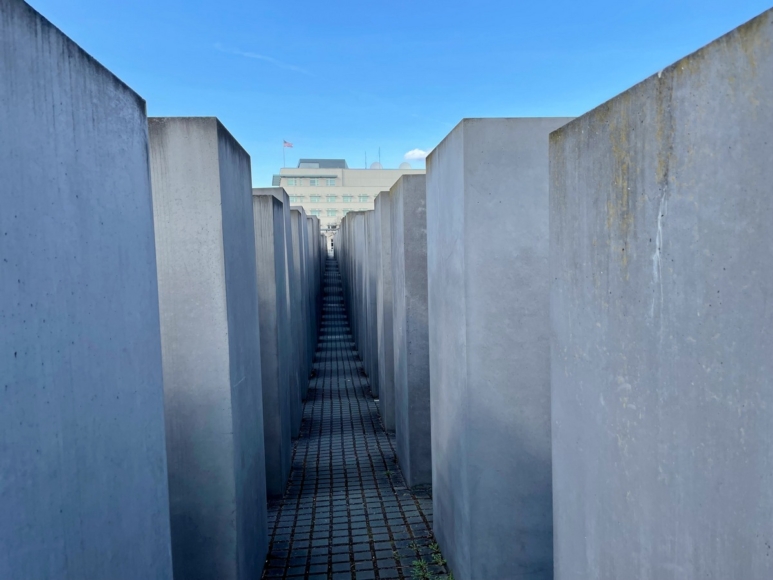
The official name of the Holocaust Memorial in Berlin is the Memorial to the Murdered Jews of Europe. This site was created to honor the Jewish victims of the Nazis before and during World War II. Not only is this an important memorial, but it’s one of the most popular free things to do in Berlin.
The Holocaust Memorial was designed with 2,711 concrete blocks at different heights. These blocks sit on an uneven slope, like a wave, and the intent is to make visitors uneasy. Walking through these blocks is a somber experience that encourages you to think about the horrors the victims went through.
Beneath the concrete slabs is an information center where you can learn more about the victims. You’ll see diaries, photographs, letters, and more, which gives the experience a more personal touch.
This is a place to show respect for victims who experienced unimaginable things. Please do not climb or sit on the concrete slabs or take selfies here, even if you see other people doing these things.
The Holocaust Memorial is located at Cora-Berliner-Str 1, not far from Brandenburg Gate.
10. Anne Frank House (Amsterdam)
By Erin Hynes of Pina Travels
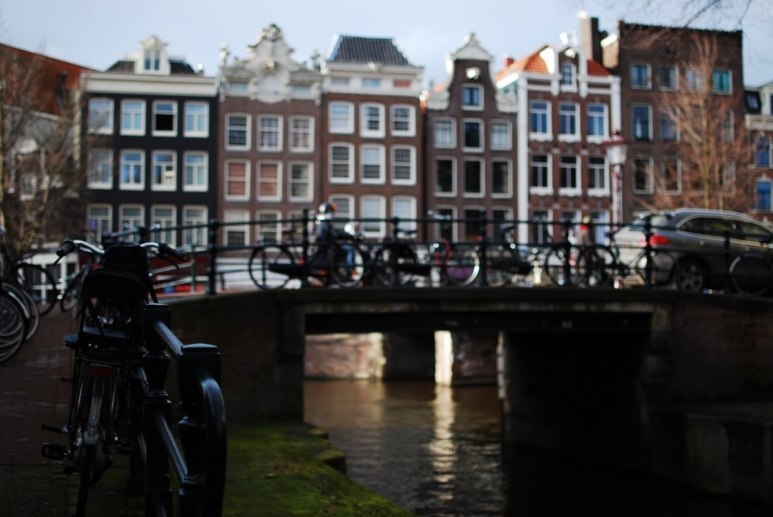
The Anne Frank House is a historical home in central Amsterdam, on a canal called the Prinsengracht. It’s a biographical museum dedicated to the Jewish wartime diarist, Anne Frank. During the Second World War, Anne kept a diary in which she documented life in hiding under Nazi persecution.
For more than 2 years, Anne and her family hid in an attic at Prinsengracht 263. On August 4th, 1944, the hiding place was betrayed, and Anne and her family were deported to concentration camps. Anne’s diary survived the raid and was published as a book post-war.
Visitors can tour Prinsengracht 263 to see the moveable bookcase that hid the entrance into the family’s hiding place, and the attic where they hid. The rooms of the hiding place give visitors a sense of what hiding in the attic would have been like. Throughout the rooms there are quotes from Anne’s diary, historical documents, photos, films, and some of the original objects that were in the attic during the war. And, Anne’s original diary is on display in the museum.
Visiting the Anne Frank House is an educational, and emotional experience that helps visitors understand what the Frank family, and other Jewish families, went through during the Second World War.
11. Robben Island (Cape Town South Africa)
By Anwar of Beyond My Door
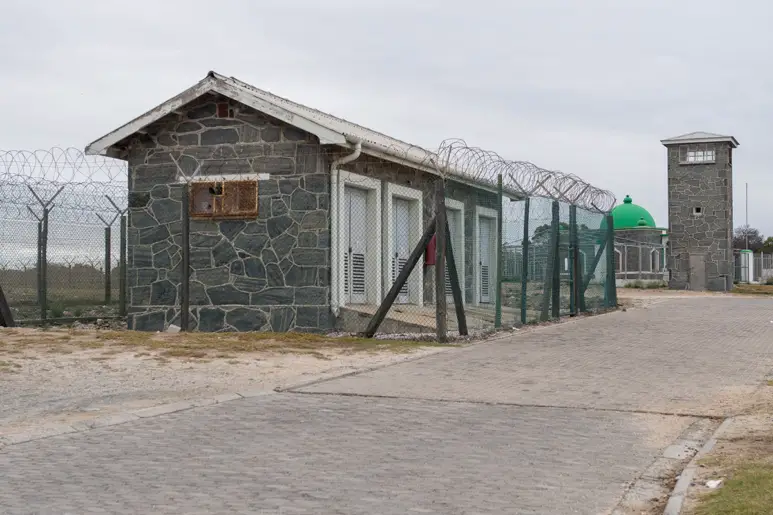
Robben Island is known as the prison where Nelson Mandela spent 18 years in (of his 27 years imprisoned), as did other political prisoners who were there for decades.
Named after the Dutch word for seals, the 5-square-kilometer island is located 7 kilometers off the western coast of Cape Town in South Africa. Tours of the island take visitors through the various buildings and history of the island.
Visitors can explore parts of the prison and its difficult past — from the graveyards of those who died among the prison population to the health issues, the life of the prisoners, living conditions, and more. One of the most incredible aspects of the tour is the talks by a former inmate of the prison who narrates his first-hand experience on his time there.
Visiting Robben Island is one of the most popular activities in Cape Town. There is tragedy and hope to its history, and this is important to understand the present South Africa. Access to the island is via tickets that include ferry travel to reach the Island. Visitation to the island is only via guided tours.
12. Alcatraz Island (San Francisco, USA)
By Anu Agarwal of Destination Checkoff
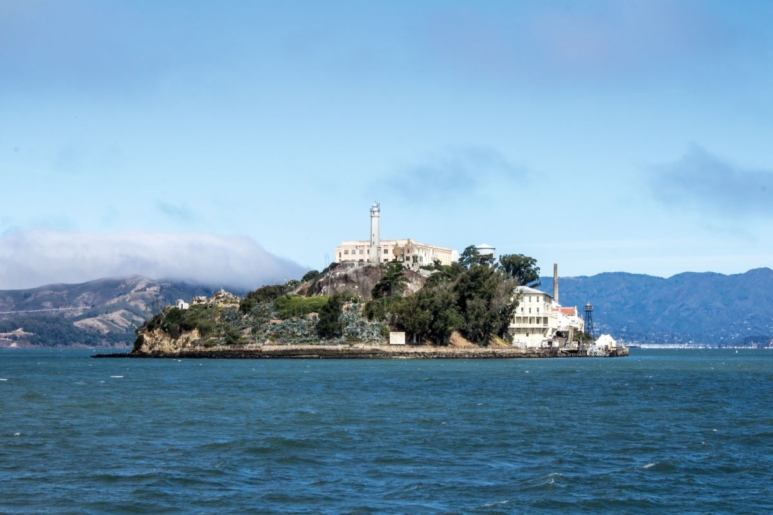
Touring Alcatraz prison is a very popular attraction in any San Francisco itinerary. Every year millions of visitors come to see Alcatraz. Alcatraz prison was a federal prison in the 1900s and considered to be impossible to escape, due to it being an island surrounded by extremely cold water and strong currents of the San Francisco Bay.
There were a lot of escape attempts but no one made it out of this prison. There is a true story that three prisoners hatched a plan and escaped and were never found. There is a movie made out of this story called ‘Escape from Alcatraz’.
You need to book Alcatraz ferry tickets to reach the island. The Alcatraz prison is free to explore and there are docents who provide a guided tour. There are prison buildings here to explore, prison cells, and prison gardens. You can see excellent views of San Francisco Bay from Alcatraz Island.
13. Pompeii (Italy)
By Anda Bartos of Travel for a While
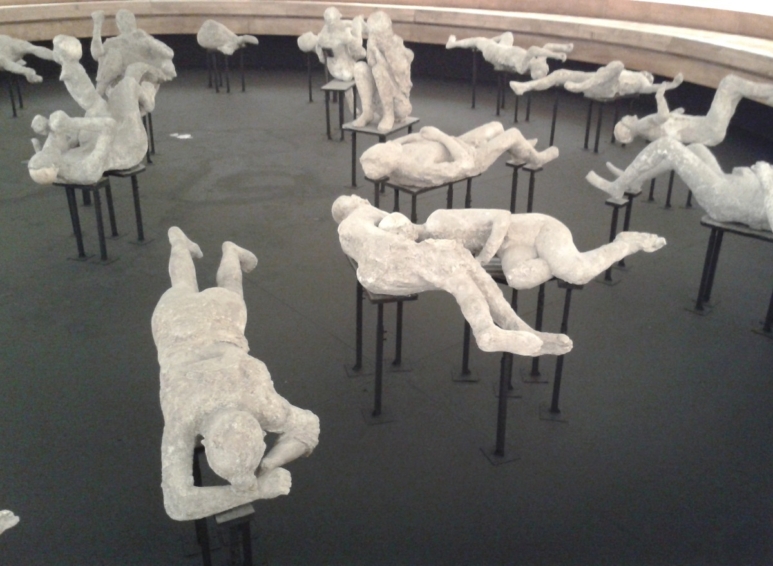
One of the most visited attractions in Italy, and one of the dark tourism destinations at the same time, is Pompeii. The town of Pompeii was one of the prominent resorts for rich people in Ancient Rome. However, all that ended suddenly in 79 AD, when Mt. Vesuvius nearby, erupted violently.
People in Pompeii didn’t know much about volcanoes, and though some of them fled in time, most lost their lives, trapped in the ash and poisonous gases of the eruption.
Seventeen centuries later, the buried town was found under thick layers of ash. Pompeii was beautifully preserved under the volcanic debris. Archaeologists also found empty spaces left where people died. They were able to create plaster bodies to fill those spaces and thus, appeared figures of people with the look they faced death with on their faces. These plaster bodies are one of the most moving remains of the dark tourism sites in Europe.
14. New Orleans Haunted History Tour (New Orleans, USA)
By Lindsey Puls of Have Clothes, Will Travel
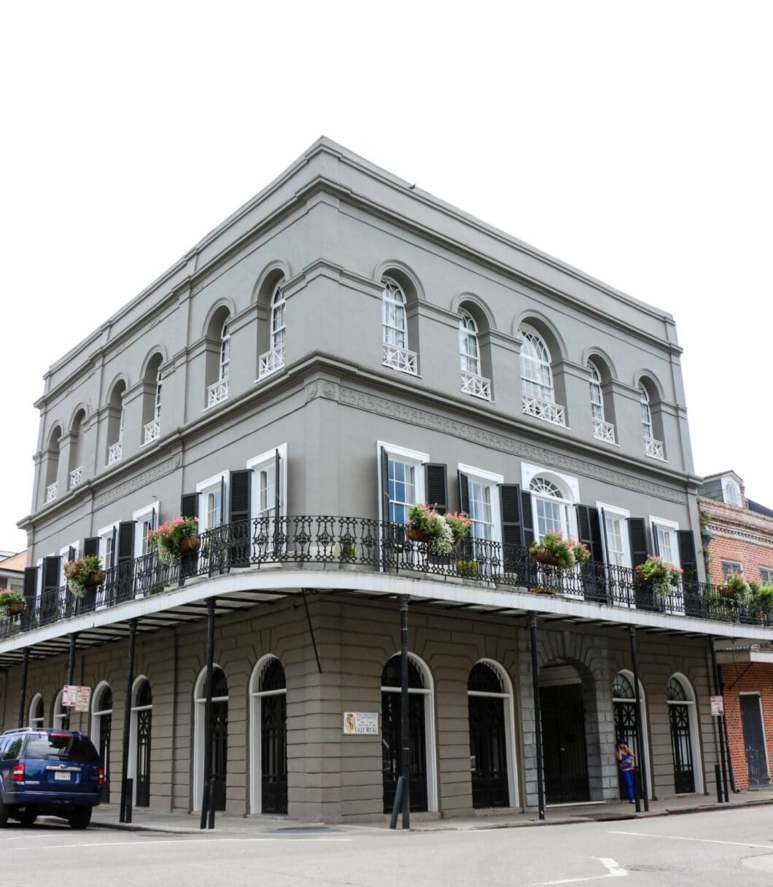
Haunted history tours of New Orleans will give a look into the darker, more sinister historical events of the city. Tour guides will take you through the French Quarter of New Orleans for about 2 hours. They will stop at various spots to educate about the historical event/ brutal death that had happened there. While they are dark, they are also informational and deserve to be on your New Orleans itinerary.
The darkest stop on these tours, though, is outside Madame Delphine LaLaurie’s house. She was a New Orleans socialite who tortured and murdered her slaves. In 1834, one of her slaves set fire to the home, and this is how authorities found the torture chamber in her basement.
15. Resistance Museum (Timor Leste)
By Catherine Xu of Nomadicated
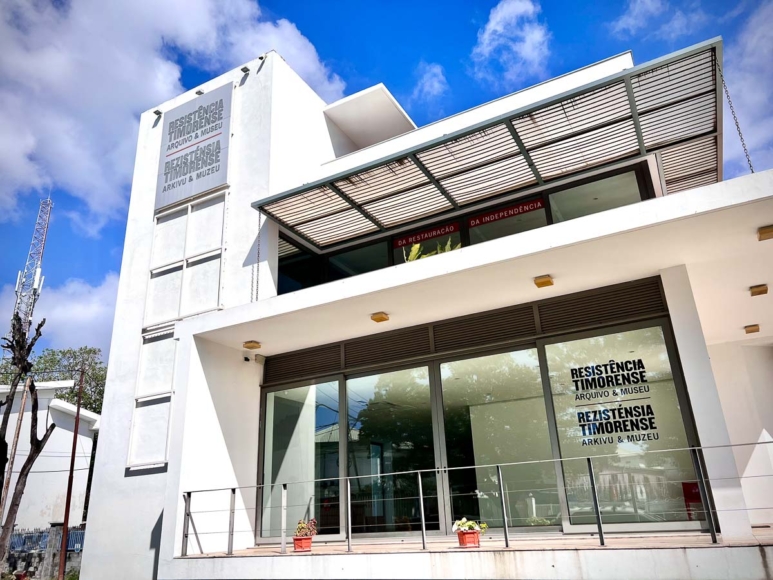
The Resistance Museum in Timor Leste preserves the stories of its bloody struggle for independence from Indonesia, which began in 1975 and ended in 2002. Over this time, 25% of the population was extinguished in the 24 years of occupation, making it one of the deadliest in recent history.
This Timor-Leste attraction does an excellent job explaining the conflict through interactive exhibits that chronicle the events that led up to the war, from Portuguese colonialism to independence.
As you walk through the archives, you’ll see photos and artifacts, as well as personal stories from victims of violence and the world’s final straw at the horror of the Santa Cruz Massacre.
The Resistance Museum is a powerful and moving tribute to those who lost their lives in this brutal conflict. It paints a vivid picture of the human cost of war and how, ultimately, the world can come together to heal.
16. La Cabaña (Cuba)
By Carley from Home to Havana
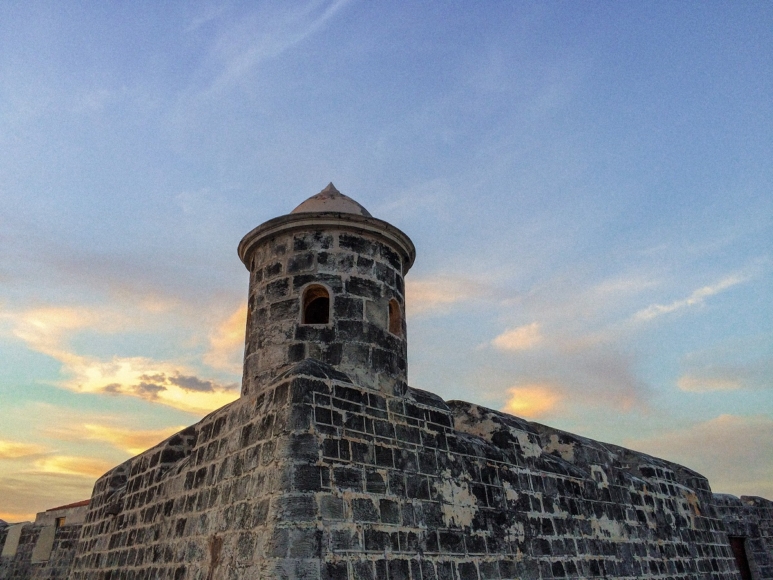
Located across the harbor from Old Havana, the Fortaleza de San Carlos de la Cabaña, known simply as La Cabaña, is a Spanish colonial structure in Havana, Cuba with a long history. It is more recent history that makes it a dark tourism site.
Following the Cuban Revolution in January 1959, the historic fortress was used as a political prison for several months under the command of Che Guevara. Those designated as traitors were rounded up, tried, and executed within the walls of the fortress. It is estimated that anywhere between 50 to 200 prisoners were executed here.
Visitors will quickly find that a visit to La Cabaña does not highlight its dark history; in fact, it avoids focusing on it altogether. However, the dark, damp chambers of the fortress somehow speak of their dark past. While displays within the fortress mention its use, details about this bloody chapter of the Cuban Revolution are ones that most would rather soon forget.
17. Tyneham Village (UK)
By Paulina from the UK Every Day
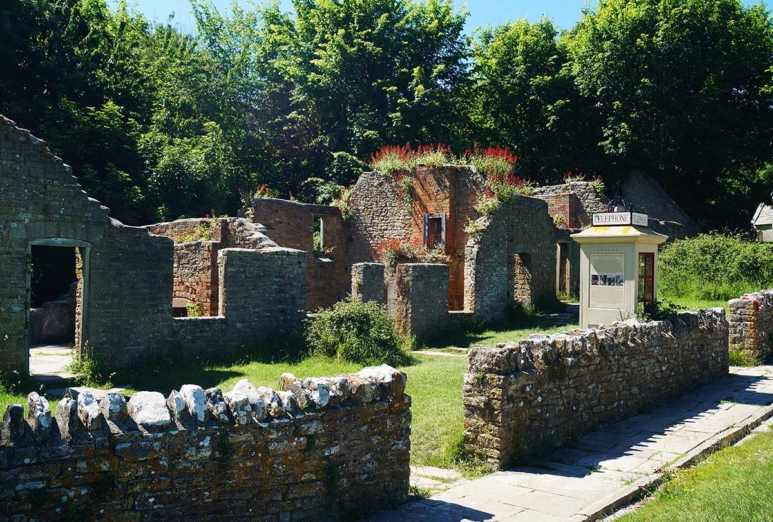
Travelers to the famous Durdle Door Beach frequently overlook Tyneham Village — one of the best hidden gems in the UK located only 20 minutes away. Those who have visited it call it the ghost village because its inhabitants have never returned to Tyneham since the 17th of December 1943.
Why did they leave their dreamland surrounded by rolling hills and beautiful views of the Jurrasic Coast just before Christmas? This area was taken over for temporary military training, but residents of Tyneham were never allowed to come back.
As soon as you enter the village you will see remains of military equipment and houses ruins. However, there are a few buildings in a decent state such as church and school. Children’s notes in exercise books on school desks look like the lesson was just a few hours ago, but in reality, the place was abandoned for many years.
18. Zanzibar Slave Market
By Shaun of Travel Mad Mum
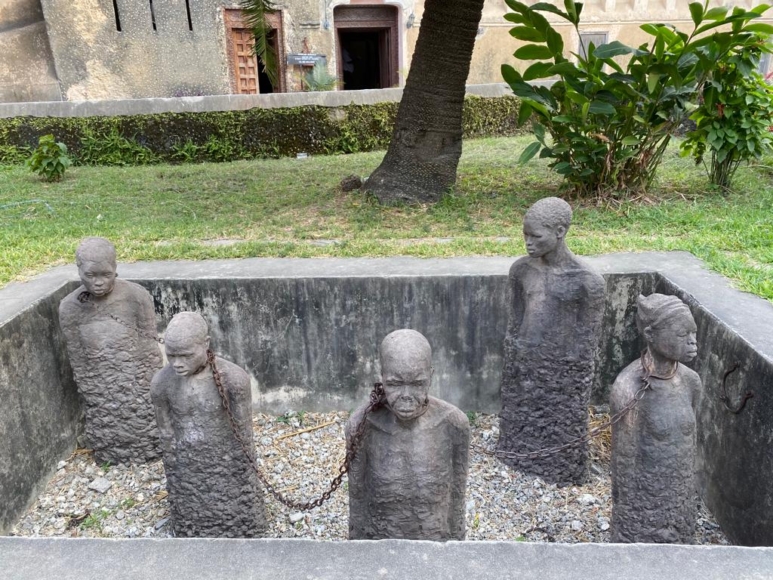
The Stone Town in Zanzibar is infamous as being one of the largest and most brutal slave markets in history.
This horrific institution is where enslaved people from all over were bought on crammed dhow boats to be inspected by potential buyers. With inhumane conditions, little food and rampant disease most didn’t survive the trip.
The Slave Market Memorial tour is a very somber experience indeed. Visitors can see where the captives were held underground in terribly small chambers with no light in which they shared with over 80 other slaves.
Today there is an Anglican Church which stands on the exact spot of the slave market, at the altar is a round circle of stones in the marble which represent where the whipping tree was located. The slaves were tied to the tree and whipped repeatedly to show how strong they were. The more lashings a slave could withstand the better price they could fetch.
The sordid history of Zanzibar’s slave market is told through many presentations and photos of this truly disturbing time. It is a very emotional experience walking through and reading accounts of what happened here, witnessing the slave pit, including the actual chains that were used to bind them.
Are you interested in dark tourism? What other dark tourism spots will you recommend? Let us know in the comments section below!

Katherine Cortes is a long-time backpacker and a freelance writer/editor. She likes beaches, snorkeling trips, and relaxing staycations (preferably with bath tubs!).



